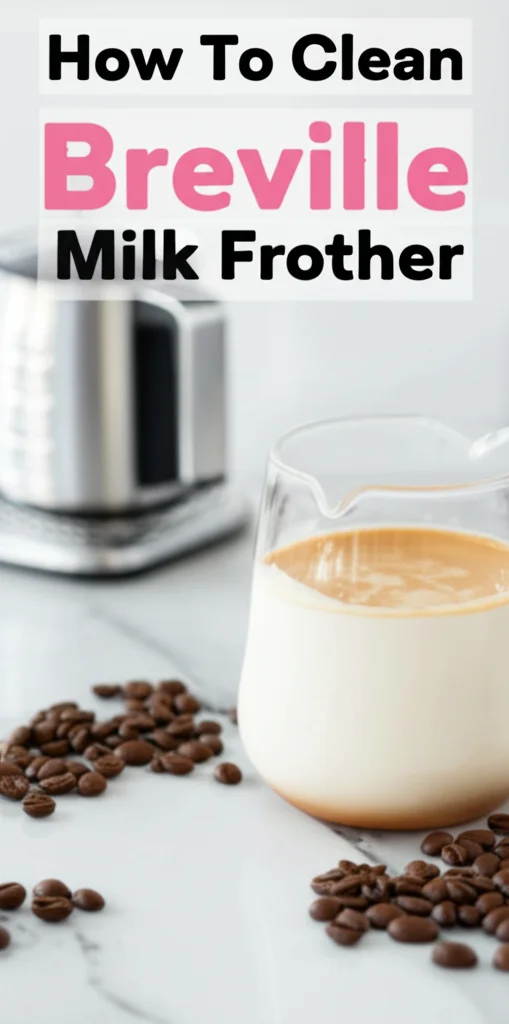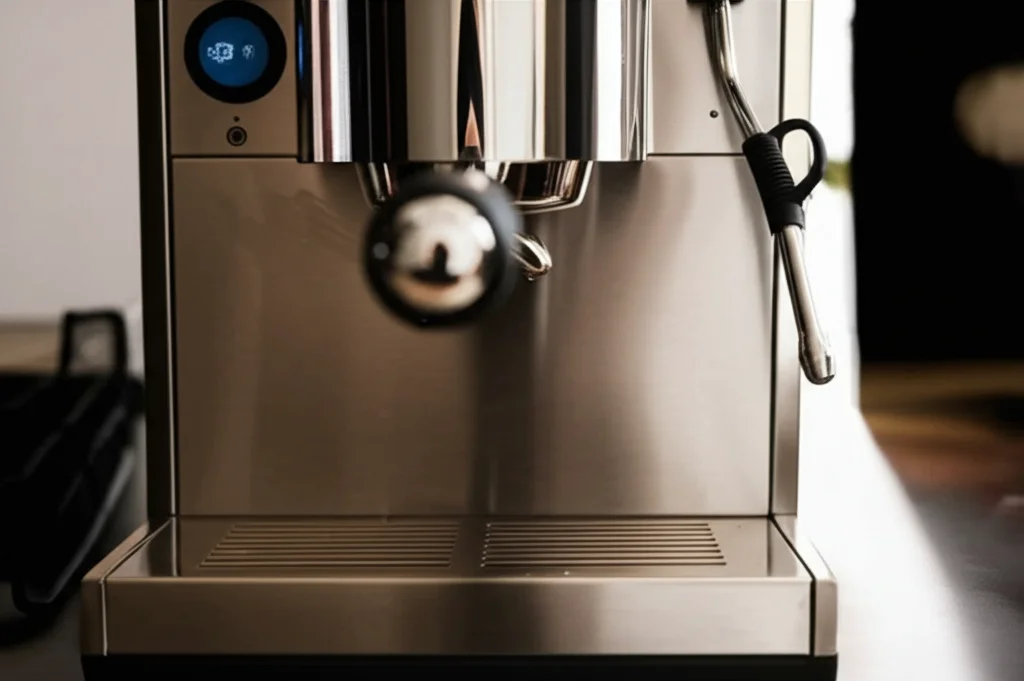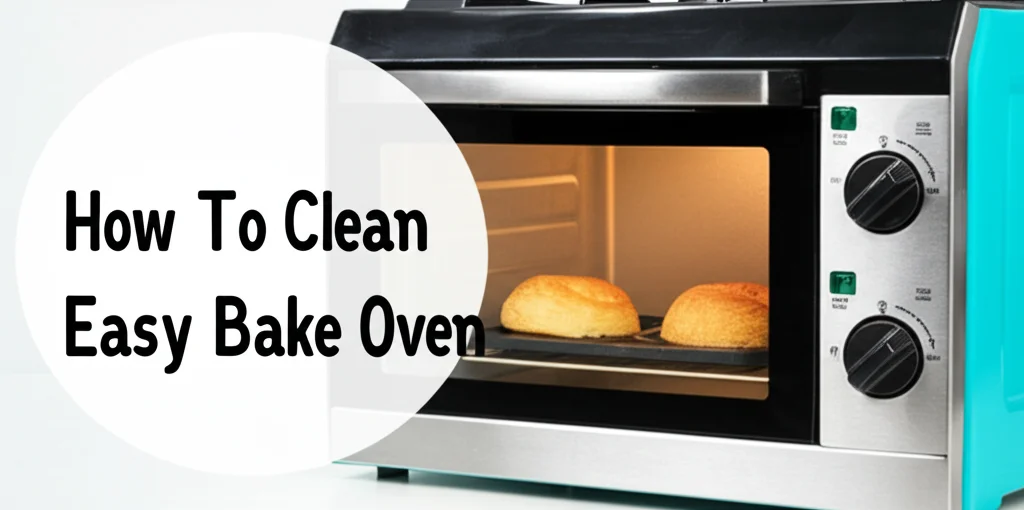· Kitchen Appliances · 7 min read
How To Clean Portable Ice Maker With Lemon Juice

Sparkling Ice Starts with a Clean Machine: How To Clean Your Portable Ice Maker With Lemon Juice
Is your portable ice maker churning out ice that tastes a little…off? Or maybe you’ve noticed a buildup of mineral deposits? Don’t worry, it’s a common problem! A regular cleaning routine is essential for maintaining the performance and hygiene of your ice maker. This article will guide you through a simple, effective method: cleaning your portable ice maker with lemon juice. We’ll cover everything from why lemon juice works so well to a step-by-step guide, ensuring you enjoy fresh, clean ice for all your needs. Let’s get started and keep that ice maker in top shape!
Takeaway:
- Regular cleaning prevents mineral buildup.
- Lemon juice is a natural and effective descaler.
- Proper rinsing is crucial for taste and hygiene.
- Preventative maintenance extends the life of your ice maker.
Can you clean a portable ice maker with lemon juice?
Yes, you can! Lemon juice’s citric acid effectively dissolves mineral deposits and eliminates odors, leaving your ice maker clean and your ice tasting fresh. It’s a natural, non-toxic alternative to harsh chemical cleaners.
Why Lemon Juice is the Perfect Ice Maker Cleaner
Let’s face it, water leaves behind residue. Over time, this residue, primarily mineral deposits from hard water, can accumulate inside your portable ice maker. This buildup can affect the ice maker’s efficiency, reduce ice production, and even impart an unpleasant taste to your ice. That’s where lemon juice comes in.
The citric acid in lemon juice is a natural descaler. It breaks down these mineral deposits without damaging the internal components of your ice maker. Unlike commercial cleaners, lemon juice is food-safe and leaves no harmful chemical residue. Plus, it leaves a fresh, clean scent! It’s a win-win for both your appliance and your peace of mind. Using lemon juice is a simple, cost-effective way to keep your ice maker running smoothly and producing delicious ice.
Gathering Your Supplies for a Lemon-Fresh Clean
Before you begin, gather everything you’ll need to make the cleaning process smooth and efficient. You don’t need a lot, which is part of what makes this method so appealing. Here’s a checklist:
- Lemon Juice: Freshly squeezed is best, but bottled lemon juice (ensure it’s 100% juice with no added sugar) works well too. You’ll need about 1-2 cups, depending on your ice maker’s capacity.
- Water: Distilled water is ideal, as it minimizes further mineral buildup. If distilled water isn’t available, filtered water is a good substitute.
- Soft Cloth or Sponge: For wiping down the exterior and interior components.
- Small Brush: A toothbrush or similar brush is helpful for scrubbing hard-to-reach areas.
- Empty Pitcher or Container: To hold the cleaning solution.
- Clean Water: For multiple rinsing cycles.
Having everything ready beforehand will streamline the process and ensure a thorough clean. Don’t underestimate the power of preparation!
Step-by-Step Guide: Cleaning Your Ice Maker with Lemon Juice
Now for the main event! Here’s a detailed, step-by-step guide to cleaning your portable ice maker with lemon juice. Follow these instructions carefully for the best results.
- Unplug and Empty: First and foremost, unplug your ice maker from the power outlet. Then, empty any remaining ice from the ice bin.
- Prepare the Cleaning Solution: In your pitcher or container, mix equal parts lemon juice and water. For example, 1 cup of lemon juice and 1 cup of water.
- Fill the Water Reservoir: Pour the lemon juice solution into the ice maker’s water reservoir. Do not overfill.
- Run a Cleaning Cycle: Turn on your ice maker and allow it to run through a full ice-making cycle. This will circulate the lemon juice solution through the system, dissolving mineral deposits. Discard the ice produced during this cycle – it will contain the lemon juice and loosened debris.
- Rinse Thoroughly: This is the most important step! Empty the reservoir and refill it with clean, distilled water. Run at least two to three full ice-making cycles with fresh water to remove all traces of lemon juice. Taste the ice after each cycle to ensure no lemon flavor remains.
- Wipe Down Interior: Once the rinsing is complete, unplug the ice maker again. Use a soft cloth or sponge dampened with clean water to wipe down the interior surfaces, including the ice-making fingers and the ice bin. Use the small brush to scrub any stubborn residue.
- Dry and Reassemble: Allow all components to air dry completely before reassembling the ice maker.
Addressing Stubborn Mineral Buildup
Sometimes, despite your best efforts, stubborn mineral deposits persist. Don’t panic! Here are a few tips for tackling those tough spots.
- Soaking: For particularly stubborn areas, soak a cloth or sponge in the lemon juice solution and place it directly on the deposit for 30-60 minutes. This allows the citric acid to work its magic.
- Vinegar Boost: If lemon juice alone isn’t enough, you can add a small amount of white vinegar to the cleaning solution (about ¼ cup vinegar to 1 cup lemon juice and 1 cup water). Vinegar is another effective descaler, but use it sparingly as it can have a stronger odor. You can find more information about vinegar cleaning solutions here: https://www.beacleaner.com/can-i-put-vinegar-in-my-steam-mop/.
- Repeat the Cycle: If necessary, repeat the cleaning cycle with the lemon juice solution.
Remember to always rinse thoroughly after using any cleaning solution, especially vinegar.
Preventing Future Buildup: Maintenance Tips
Cleaning your ice maker is important, but preventing buildup in the first place is even better! Here are a few simple maintenance tips to keep your ice maker running smoothly.
- Use Distilled Water: As mentioned earlier, distilled water minimizes mineral deposits.
- Regular Cleaning: Clean your ice maker at least once a month, or more frequently if you use it heavily or have hard water.
- Empty the Ice Bin Regularly: Don’t let ice sit in the bin for extended periods, as it can develop odors and contribute to buildup.
- Wipe Down Exterior: Wipe down the exterior of the ice maker regularly to prevent dust and grime from accumulating.
- Proper Storage: When not in use, store your ice maker in a clean, dry place.
Taking these preventative measures will significantly reduce the need for deep cleaning and extend the life of your appliance. A little maintenance goes a long way!
FAQ: Your Ice Maker Cleaning Questions Answered
Here are some frequently asked questions about cleaning portable ice makers with lemon juice:
- Q: Will lemon juice damage my ice maker? A: No, lemon juice is a natural cleaner and generally safe for use in ice makers. However, always rinse thoroughly to remove all traces of the juice.
- Q: How often should I clean my ice maker? A: Ideally, clean your ice maker monthly, or more often if you notice mineral buildup or a change in ice taste.
- Q: Can I use other citrus juices? A: While other citrus juices contain citric acid, lemon juice is the most readily available and cost-effective option.
- Q: What if my ice maker still smells like lemon after rinsing? A: Run another one or two rinsing cycles with fresh water. If the smell persists, contact the manufacturer for assistance.
- Q: Is it safe to use lemon juice on all types of ice makers? A: While generally safe, always check your ice maker’s manual for specific cleaning instructions.
Enjoy Fresh, Clean Ice!
Cleaning your portable ice maker with lemon juice is a simple, effective, and eco-friendly way to ensure you always have fresh, great-tasting ice. By following these steps and incorporating regular maintenance into your routine, you can keep your ice maker running smoothly for years to come. Don’t let mineral buildup ruin your summer drinks – a little lemon juice can make all the difference! Now go ahead and enjoy that perfectly chilled beverage! If you’re looking for more ways to keep your kitchen sparkling, check out this article on how to clean your kitchen sink: https://www.beacleaner.com/how-to-clean-stainless-steel-sink-paint-stains/.




